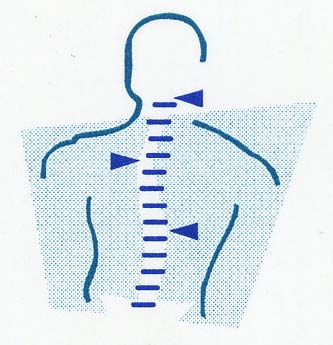Most readers know that the federal Stark Law deals primarily with matters involving physician self referral. The state equivalent, the Florida Patient Self Referral Act of 1992, has provisions that are even tougher than the Stark law. For instance, the Stark law allows some physicians to refer to renal dialysis centers in which they have an ownership interest, but the Florida law does not. Fresenius, a provider of renal dialysis services, filed suit seeking a declaration that the federal law (and not the state law) should control on the issue. Since there are several key areas where state law is more stringent than federal law (e.g. supervision requirements and ownership of entities that don’t provide “designated health services”), many eyes were on the court. Instead of giving Fresenius a pass and saying “Florida can’t make it tougher than what the federal law says,” the court stated that the federal laws do not preempt (supplant) the state ones.
self referral. The state equivalent, the Florida Patient Self Referral Act of 1992, has provisions that are even tougher than the Stark law. For instance, the Stark law allows some physicians to refer to renal dialysis centers in which they have an ownership interest, but the Florida law does not. Fresenius, a provider of renal dialysis services, filed suit seeking a declaration that the federal law (and not the state law) should control on the issue. Since there are several key areas where state law is more stringent than federal law (e.g. supervision requirements and ownership of entities that don’t provide “designated health services”), many eyes were on the court. Instead of giving Fresenius a pass and saying “Florida can’t make it tougher than what the federal law says,” the court stated that the federal laws do not preempt (supplant) the state ones.
Since the Stark Law does not preempt the state law and since the state law does not violate the U.S. Constitution, business people and professionals will have to make sure that both layers of compliance (state and federal) and solidly in place.







 Anti-trust laws are one of the greatest obstacles to healthcare reform. Here’s why? They limit the way competing physicians, hospitals and the like can do business together. Healthcare reform requires competing providers of all kinds to come together to deliver care in the most cost effective and quality enhancing way, and yet federal and state anti-trust restrictions frustrate nearly every effort to do so. Let’s take a quick peek behind the curtain.
Anti-trust laws are one of the greatest obstacles to healthcare reform. Here’s why? They limit the way competing physicians, hospitals and the like can do business together. Healthcare reform requires competing providers of all kinds to come together to deliver care in the most cost effective and quality enhancing way, and yet federal and state anti-trust restrictions frustrate nearly every effort to do so. Let’s take a quick peek behind the curtain.  So what about ACOs? What the best “thing”? How do you make one? First, you have to do away with the focus on ACOs, since they are more of a concept than a thing. Focusing on ACOs as a thing merely paralyzes the viewer because they are, by definition, not subject to such limitations. What is clear, however, is what they’re supposed to do: reduce costs and improve quality in a demonstrable way. How do you do that? Easy…squeeze the toothpaste tube backwards.
So what about ACOs? What the best “thing”? How do you make one? First, you have to do away with the focus on ACOs, since they are more of a concept than a thing. Focusing on ACOs as a thing merely paralyzes the viewer because they are, by definition, not subject to such limitations. What is clear, however, is what they’re supposed to do: reduce costs and improve quality in a demonstrable way. How do you do that? Easy…squeeze the toothpaste tube backwards.